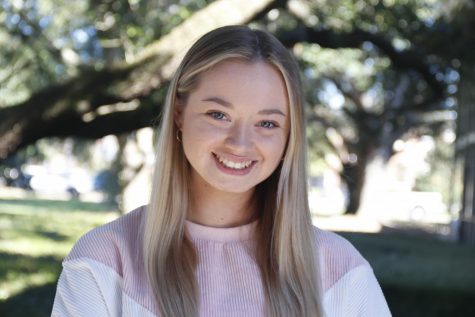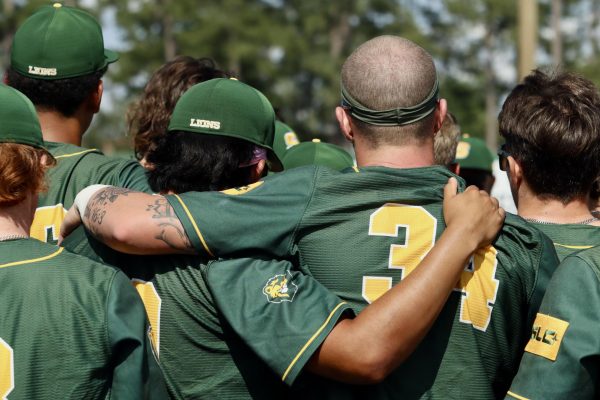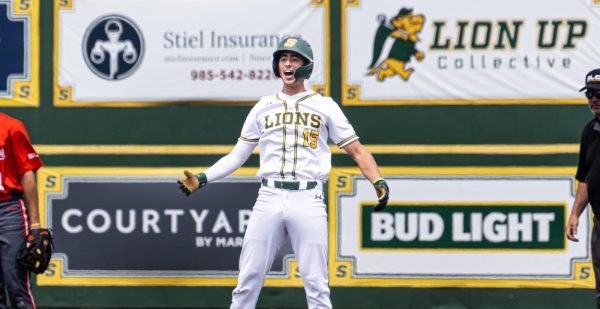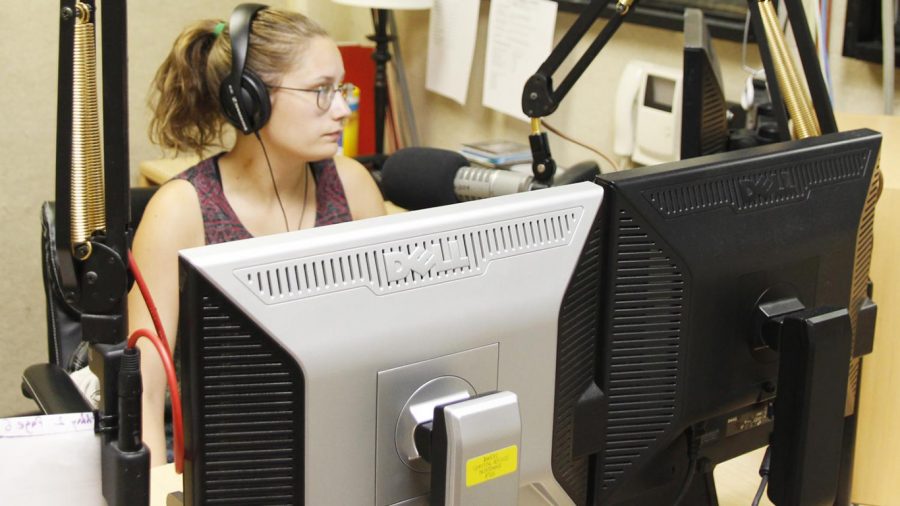Broadcasting professor Q&A: A significant time in the field
File Photo/The Lion’s Roar
Professionals working in the field of broadcasting have had to adapt to new circumstances during the pandemic. Many have speculated that this is the industry’s most significant time.
The broadcasting industry has had to adapt to new circumstances while keeping the public informed during a pandemic.
Cheryl Settoon, a communication and media studies instructor, answered some questions about the role of journalists during COVID-19.
How did you start your career in broadcasting and what courses do you teach?
“I began teaching at Southeastern 18 years ago, after being a network TV producer/reporter. I teach TV production, TV reporting, broadcast performance and public speaking.”
How have your production courses altered during the pandemic?
“We were all working very hard this summer trying to figure out how we could do this safely. We were all there with tape measures trying to figure out how we could have people in the studio and control room. We have really worked together to come up with a great plan. It’s working, even though it’s a little slower, but the students are great. They are patient and they want to be safe too.”
Are students still gaining the same field experience as they normally would?
“My production classes had to be cut short back in the spring semester. In my COMM 257 class, the students didn’t even learn how to start editing, and I was really sad about that. However, we improvised like everyone else. It’s really hard to get that hands-on experience.”
Would you say this is a beneficial time to be a news anchor or ultimately a downfall?
“This is an incredible news time. When you have things like the Boston Bombing and some of these other events where you’re just glued to the TV or a mobile device trying to follow its every minute, the public is relying on reporters for that information. It’s really a crazy time to keep up with all of these changes.”
With circulations of “fake news” and publicity tabloids, how does social media directly influence broadcasting?
“It really just highlights how on Facebook and other social media so much is just not accurate and is passed around, which is counterproductive and scary. Not to say that the TV networks always get it right, but there’s the standard of having two sources to back it up so that your story is always accurate. I think there is a big need for training in the broadcasting field for that particular area.”
Has the broadcasting industry had to put more work in when trying to gain revenue and market through these times?
“Definitely, yes. Everything of course is merging, and the more you know, the better. You have to be able to use social media platforms for your story, and you have to be able write for the web. That’s just a certainty that the industry demands. Many of our graduates are getting jobs as multimedia journalists, which basically means that they can do it all. They have to write the story, go out and report it, edit it, publish and put it all out there on social media. It’s an exciting time for sure.”
What is your advice for anyone interested in broadcasting?
“We heavily emphasize news, and there are so many jobs in news. I could name about twenty students just in the local area who have pursued a career in news. The whole communication department really puts an emphasis on having something to show, something tangible of their work. That’s how students get hired. We encourage others to have a demo reel, a sample of their work of stories put together that they have produced or at the anchor desk. This helps the employer know how they come across, and that’s very important. There’s so many opportunities at Southeastern to hone your craft. There are many student produced programs to get into that are national, award-winning programs.”
Your donation will support The Lion's Roar student journalists at Southeastern Louisiana University.
In addition, your contribution will allow us to cover our annual website hosting costs.
No gift is too small.

Gabby Wood is a communication major with a focus in public relations. Outside the office, you can find her trying new coffee shops and endlessly scrolling...




